
Squidding Sydney Harbour: Tips and Tricks That Help You Catch More Squid
Sydney Harbour is a prime location for squid fishing, particularly for targeting Southern Calamari, also known as Green Eyed squid. While squid fishing might seem straightforward, success in Sydney Harbour requires a good understanding of the best locations, proper gear, and effective techniques. This guide offers an in-depth look at how to catch squid in Sydney Harbour, focusing on the essential elements that ensure a productive outing.
Ideal Squid Fishing Locations in Sydney Harbour
Finding the Right Spot
The key to successful squid fishing in Sydney Harbour lies in choosing the right location. Squid thrive in areas that offer clean water, abundant weed (especially kelp), hard structures like rocks or jetty pylons, and sandy patches. Here’s how each of these elements contributes to an ideal squid fishing spot:
1. Clean Water:
Squid are highly sensitive to water clarity. Even slight discoloration can drive them away, making it essential to fish in clean, clear water. High tide often brings in the cleanest water from the ocean, increasing the chances of a successful catch. After heavy rainfall, when the water becomes cloudy and filled with debris, it’s best to move closer to the harbour mouth or even venture outside the harbour to find clearer conditions.
2. Weed and Kelp:
Weed beds, particularly kelp, are crucial for attracting squid. These areas provide both cover and a hunting ground for squid, which feed on small fish and crustaceans that inhabit the weed. When fishing, it’s important to work the squid jigs as close to the weed as possible. If the jigs aren’t occasionally snagging, they’re likely not close enough to where the squid are hiding. Kelp is commonly found along the rocky shores and headlands throughout the harbour.
3. Hard Structure:
Rocky areas, jetty pylons, and other hard structures complement weed beds by providing squid with crevices and hidey-holes. Locations with boulders and complex, ‘jumbled’ bottom structures are particularly effective, as they offer squid plenty of places to ambush prey. Fishing near prominent gullies or bommies often leads to successful strikes.
4. Sandy Patches:
Sandy patches near reefs are prime locations because they create boundaries where baitfish congregate, drawing in squid. These edge zones between sand and reef are often teeming with marine life, making them ideal hunting grounds for squid.
Water Depth Considerations
While water depth can vary, squid can be found in both shallow and deep waters throughout the harbour. During the warmer months, smaller squid tend to stay in shallower waters, typically less than 3 meters deep. In cooler months, larger squid move into deeper waters, usually between 3 to 10 meters. However, it’s important to note that squid are highly mobile and can shift locations frequently, so it’s crucial to be flexible and move between spots if the squid aren’t biting.
Essential Squid Fishing Gear
Choosing the Right Squid Jigs
Investing in high-quality squid jigs is vital for success. Top brands like Yo-Zuri and Yamashita are well-known for their effectiveness. These jigs are designed to sink horizontally, which significantly increases the chances of a strike compared to cheaper models that sink vertically. The sharp, sticky jags on these jigs also improve hooking efficiency.
Jig size should be matched to the water depth. In shallow water during the warmer months, sizes 1.8 to 2.5 are ideal, while larger jigs, sizes 3.0 to 4.0, are better suited for deeper waters in cooler months. Colour choice is more subjective, but bright pink or orange jigs tend to work well in low light conditions, while natural colours are preferred during the day.
Optimal Tackle Setup
A simple and effective tackle setup for squid fishing in Sydney Harbour includes a 6 1/2 to 7-foot light spin rod paired with a 2500 to 3000-size reel. While some anglers prefer heavier lines (around 20lb) to rescue snagged jigs, a lighter line, around 10lb, often results in more strikes due to its finesse.
The debate between using monofilament (mono) or braid for squid fishing is ongoing, but mono has several advantages. Its natural stretch acts as a shock absorber, reducing the risk of losing squid due to slack in the line. If braid is preferred, it’s important to use a softer rod or loosen the reel drag to compensate for the lack of stretch, and always pair it with a good quality mono or fluorocarbon leader.
Effective Squid Fishing Techniques
Perfecting the Retrieval Technique
The key to a successful squid fishing technique lies in the retrieval. After casting the jig over a weed bed, allow it to sink close to the weed before starting a slow, deliberate retrieval. The goal is to keep the jig moving just above the weed, where squid are likely to be lurking. Speed is the enemy—if the jig is retrieved too quickly, it will rise above the squid’s hiding spots, reducing the chances of a strike.
A slow, steady retrieval with occasional gentle flicks of the rod tip mimics the natural movement of a prawn, which is a common prey for squid. Hard, aggressive sweeps of the rod should be avoided, as they can cause the jig to behave unnaturally.
Recognizing a Squid Strike
A squid strike is easy to recognize—a sudden weight on the line, similar to hooking a clump of weed, followed by a pulsing sensation as the squid tries to jet away. When this happens, it’s crucial to lift the rod firmly but smoothly to set the jigs. Striking too hard can result in pulling the jigs out of the squid’s grasp, sometimes leaving just a tentacle behind.
Once hooked, squid should be reeled in steadily without pumping the rod. If the squid is brought close to the boat or shore, it can be lifted in or netted. When using a net, approach the squid from behind to prevent it from bolting away.
Avoiding the Squid’s Ink
To prevent being inked, hold the squid in the water until it has expelled its ink. Squid often save their last load of ink for when they’re near the surface, so patience is key. If the squid is lightly hooked, there’s a risk of losing it by waiting, but if the jig is secure, it’s worth avoiding the mess.
Maximizing Your Catch: Keeping Squid for Bait
Fresh squid is one of the best baits you can use in Sydney Harbour, but it must be handled correctly to maintain its effectiveness. If you plan to use the squid immediately, keep it alive in a recirculating bait tank until you’re ready. If you’re storing it for later use, place the squid directly into a zip lock bag and put it on ice in an esky. Avoid letting the squid come into contact with fresh water, as this can significantly reduce its effectiveness as bait.
For longer storage, squid can be vacuum-sealed and frozen. This method preserves the squid’s quality, making it an excellent bait option when fresh squid isn’t available. Properly stored squid can make the difference between a successful fishing trip and a frustrating one.
Understand The Habits of Squid
By understanding the essential elements of squid fishing in Sydney Harbour—selecting the right locations, using the best gear, and employing effective techniques—you can significantly increase your chances of a successful outing. Whether you’re a seasoned angler or a beginner, these tips will help you land more squid and make the most of your time on the water.

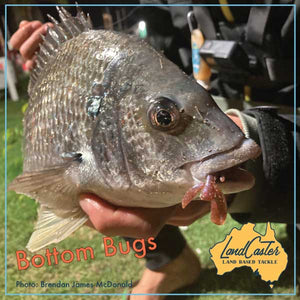
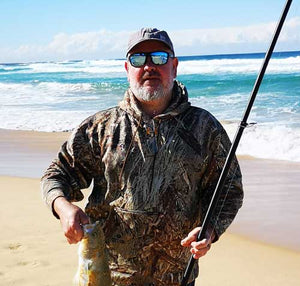
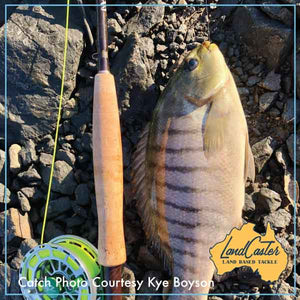
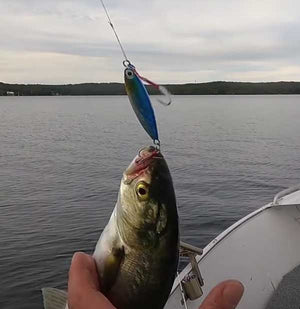
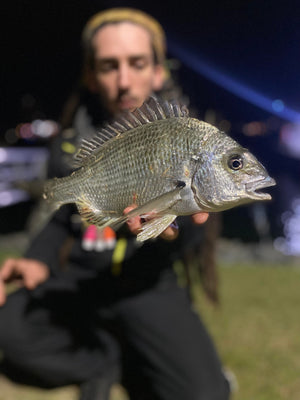
Leave a comment